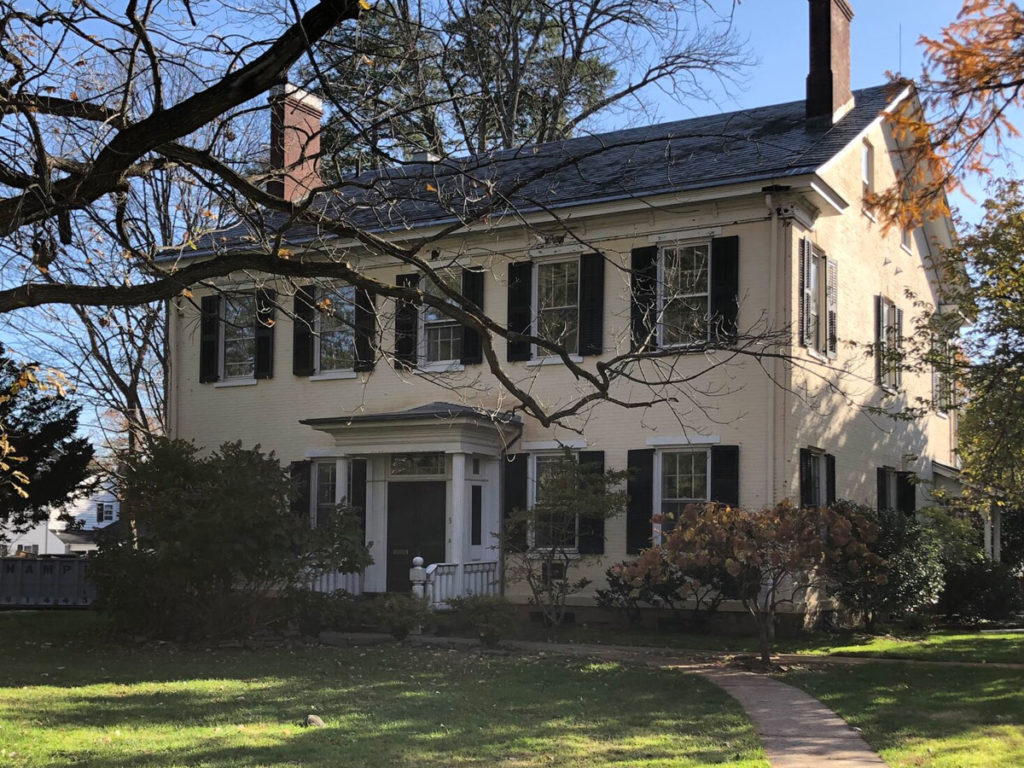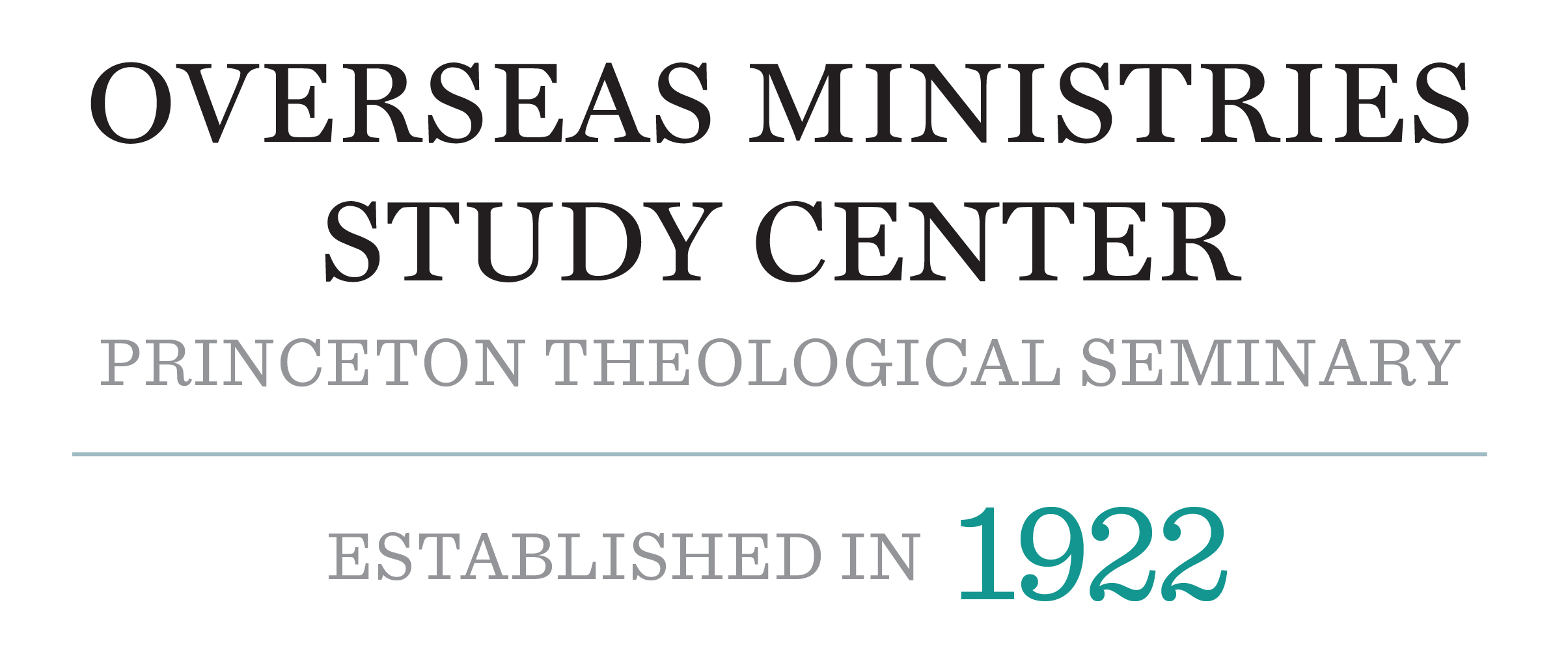By Easten Law – Assistant Director of Academic Programs – OMSC@PTS
During the 2023 meeting of the American Society of Missiology (ASM), I had the unique privilege of producing and presenting a guided time of prayer and reflection via a video tour through the OMSC house focused on key works of art that we believe contain rich missiological themes. The theme of the ASM gathering was “Global Arts on Mission: Embedded, Embodied, & Empowered,” and we are delighted to be able to share this video tour and explanation with you on The Occasional.
Since 2001, OMSC’s Artist in Residence Program has welcomed thirteen artists to explore the intersection between art, faith, and mission through creative negotiation and expression. We are grateful to our many participating artists for donating so many of their works to us, several of which are now on display at the OMSC House and around the campus of Princeton Theological Seminary.
In this video, you will be guided through the four main rooms of the OMSC House accompanied by music and pauses at a total of ten works of art. At each of the paintings, some time will be spent lingering on four sets of missiological themes: 1) narrative and contextualization/inculturation, 2) zeal and humility, 3) community and justice, and 4) surprise and worshipful wonder.
Set One: Narrative & Contextualization/Inculturation
Upon entering the foyer, you will immediately notice the two colorful panoramas adorning the entrance to the seminar room and office suite representing the Old and New Testaments. These two works, by Sawai Chinnawong, engage the stories of scripture in a cacophony of colors and abstract shapes. I this arrangement of overlapping Christian iconography, the universal beauty of the Gospel is put on display in such a way that every people and culture can resonate with.
Moving on to the parlor/living room, however, one is confronted with a dynamically different image of scripture. This depiction of the creation story is grounded in the concrete cultural motifs of Chinnawong’s native Thailand where mythical dragons of the sea and birds of the air surround Adam and Eve. Comparing these works emphasizes both the universality and particularity of engaging mission and the balance that must be pursued when it comes to contextualization and inculturation.

Set Two: Passion and Humility
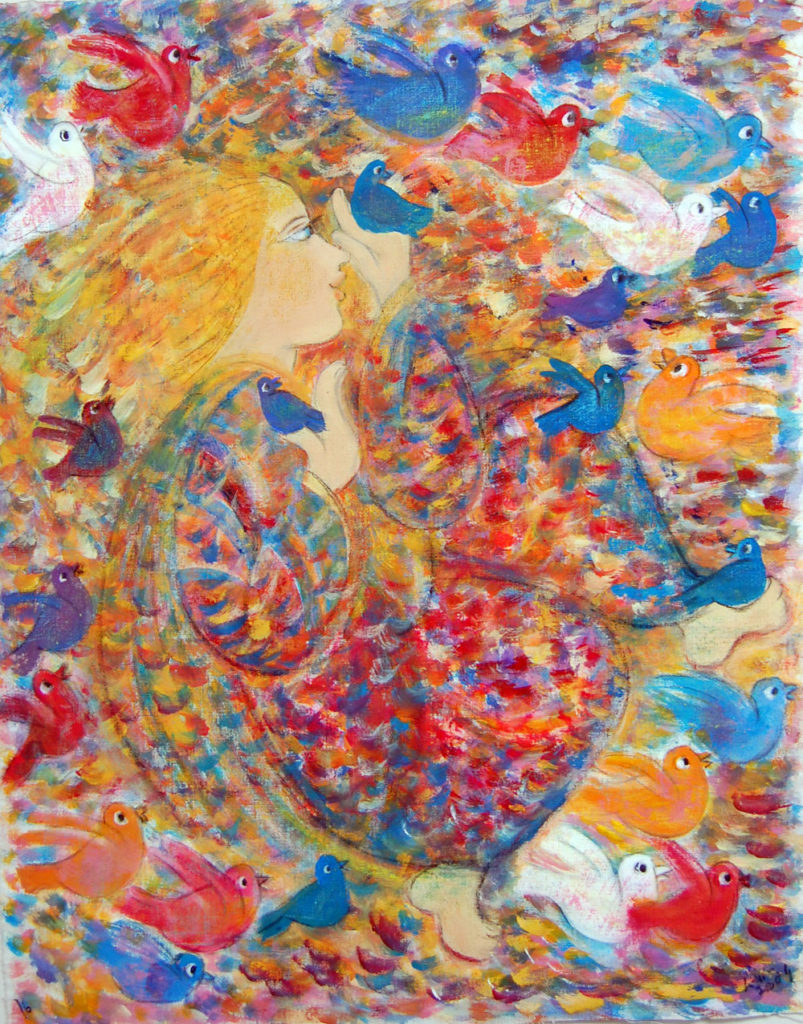
Considering the topic of mission in specific, the next pair of paintings looks at two contrasting virtues exploring the missionary passion to proclaim side by side with the necessity to listen. Hanging above the mantle in the director’s office, Nalini Jayasuriya’s painting of the Great Commission depicts Christ breathing the Holy Spirit upon the disciples in the well-regarded form of a dove. Here, we see the disciples receiving Christ’s commission to make disciples of all nations with reverence and wonder. Depicted in this moment is quiet and powerful sense of receiving to go out, listening well to proclaim clearly.
Crossing over to the seminar room, we see another one of Jayasuriya’s works entitled Birds Sing, St. Francis Dances. St. Francis, known for his love of nature, was said to have preached to the birds. In this depiction, however, preaching is not an act of proclamation but of fellowship. St. Francis is enveloped in God’s creation as if the birds are preaching to him. This balance between openness to listen and confidence to proclaim is a constant balance, both portrayed here in new ways that challenge us to reconsider the role of the missionary.
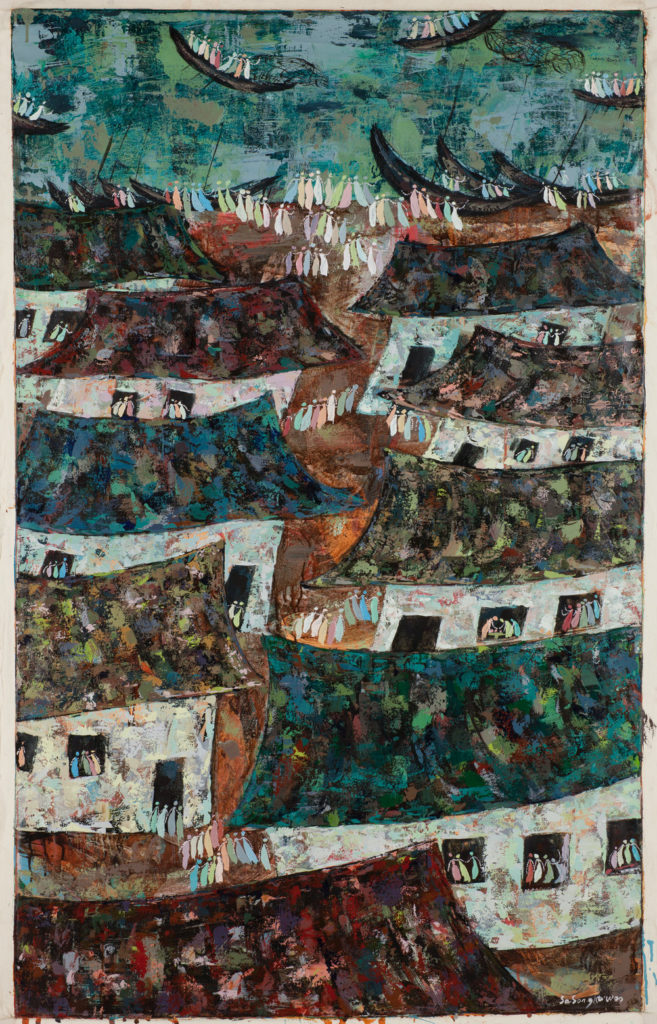
Set Three: Community and Justice
As we circle around Andrew F. Walls Seminar Room, we come to focus on one of OMSC’s flagship pieces, Soichi Watanabe’s “We are One in Jesus Christ.” Here, the overlapping shapes come together to depict fellowship around the table in a simple yet joyful manner. Indeed, it is in community that we not only find one another but also the presence of God!
Just to the right of this painting sits a larger piece by Wisnu Sasongke depicting village life. Viewing the people coming and going from the village’s many houses and public spaces, we recognize that the very scene of fellowship depicted by Watanabe is surely taking place in many of these rooms. Yet we must also acknowledge that there are incidents of pain taking place in others. Life together, sickened by sin, can beget trauma.
It is on this note that we dwell upon Emmanuel Garibay’s powerful set of portraits entitled, “Voices of the Silenced.” In each of these portraits, the mouths of the subjects are visibly absent. Other features of the face are marred by struggle. There is freedom in Christ but what good is that freedom if we cannot extend it to the least of these, those who have been silenced by injustice? Christian mission, therefore, cannot simply be about proclamation and fellowship. It must also be about justice.
Together, this set of three paintings considers the simplicity and holiness of community in and through Christ and the complexities of living that faith out in public life with a sensitivity to those who are oppressed and voiceless.
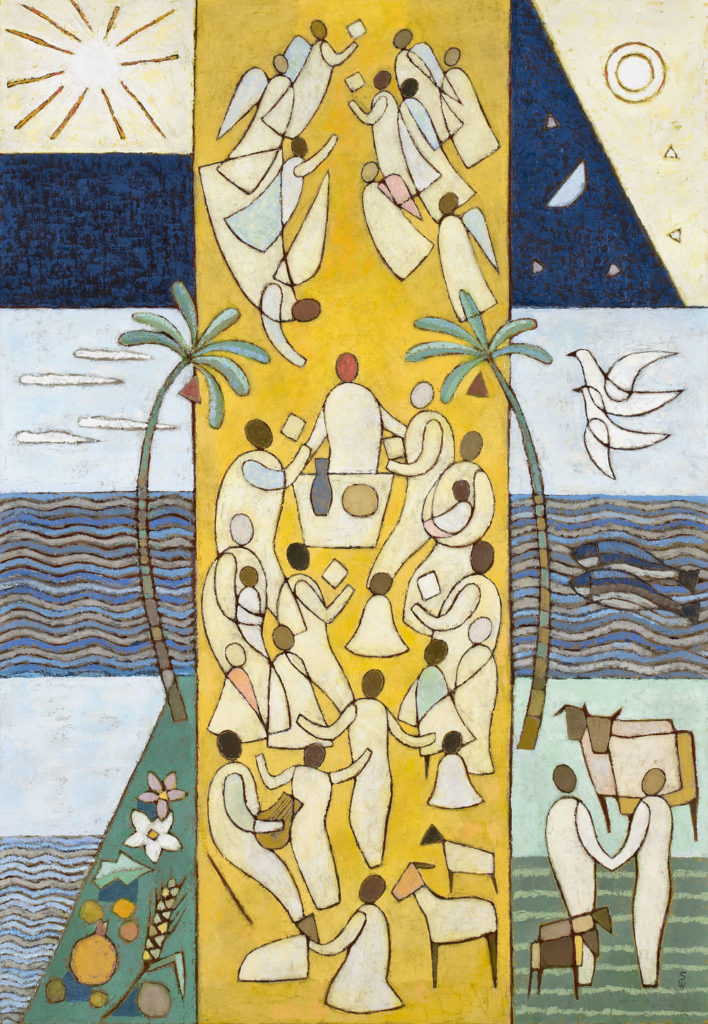
Set Four: Surprise and Worshipful Wonder
You may have noticed that in the final portrait of the previous series, the woman bears a smile despite the struggle that marks her other features. It is our hope that the power of the Holy Spirit lifts every voice to worship to find joy in the love of Christ, especially among the least of these.
But we must remember that this same Holy Spirit is always moving in powerful and often disruptive ways! Entering the dining room, we encounter a final pair of paintings that challenges and shepherds us into the unexpected, creative, and glorious presence of Christ.
First, we find one of OMSC’s most challenging pieces. We see a pair of men in roaring laughter. Between them, a smiling young woman in red has her hands raised as if she has just finished telling a joke. It is a jovial yet mysterious scene that illuminates the surprising presence of God. Titled “Emmaus,” this piece, also by Emmanual Garibay, imagines Christ as a woman – pondering the question of why the disciples could not recognize the resurrected Christ among them. This subversive depiction challenges us to consider the ways in which we might be ignoring the presence of God when we stick too rigidly to our pre-conceived beliefs.
Across the dining room table sits another one of Soichi Watanabe’s meditative works. In this piece, we see yet again the community table surrounded by friends and family. But this time, the table is surrounded by angels above and the everyday work of tending to animals below. The left and right sides symbolically depict the six days of creation as detailed in the book of Genesis. In this piece, we see an expanded vision of community that brings together heaven and earth and the wonder of God’s creative energy enveloping all of us in community. When we worship, there is so much more happening around us than we know!
Benediction:
The purpose of this guided tour and meditation is more than an introduction to OMSC’s art but an implicit argument for the necessity of art in communicating the Gospel and expanding our theological imagination to bring us into a deeper and more complex engagement with the Missio Dei. As the video depicts, after such intentional and careful reflection, God calls us to engage the world anew. We step back out into God’s creation to do God’s work.
Thank you for taking the time to join us on this tour. We hope these stirring works of art inspire your faith and enrich your wonder regarding the many ways the message of Jesus Christ finds a home in the world’s many cultural, social, and political contexts. To all those visiting Princeton Seminary’s campus, we invite you to come by the OMSC house to see some of these works in person! We would love to welcome you here.
